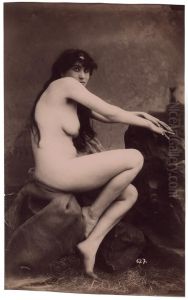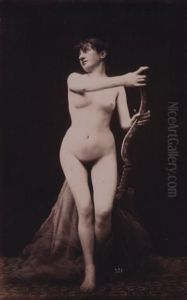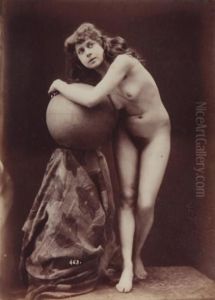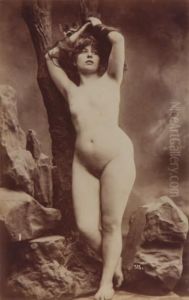Gaudenzio Marconi Paintings
Gaudenzio Marconi was an Italian photographer known primarily for his work in documenting classical sculptures and art works. Born in 1841 in the Duchy of Parma, which was then part of the Austrian Empire and is now in Italy, Marconi became one of the most prominent photographers of his time in the field of art reproduction.
Marconi moved to Rome, which during the mid-19th century was a hub for artists and art historians from all over Europe. He established a studio there and began his work photographing artworks, especially sculptures. This was a period when the new medium of photography was being explored as a way to document and disseminate images of art, a practice that was previously dominated by engravings.
His photographs were highly regarded for their clarity and attention to detail, which made them an invaluable resource for scholars who could not travel to see the works in person. Marconi's images served as study aids, as well as a form of art education for the public. His work contributed significantly to the field of art history by providing accurate reproductions of artworks that could be widely distributed and studied.
Marconi's photographs were often used in publications and served as a visual complement to textual descriptions of artworks. They were also collected by art enthusiasts and educational institutions. His ability to capture the nuances of three-dimensional works in a two-dimensional medium was particularly appreciated.
Despite his contributions to the documentation of art, Gaudenzio Marconi is not as well-known today as some of his contemporaries. Much of his work was overshadowed by the subjects he captured – the art and sculptures of renowned artists of the past. Unfortunately, many details of his life and career remain obscure, and his personal life is not well-documented.
Gaudenzio Marconi died in 1885, leaving behind a rich legacy of visual records that continue to be of value to art historians, researchers, and enthusiasts. While his name may not be familiar to the general public, his work lives on and remains a testament to the importance of photography in the preservation and understanding of art history.



